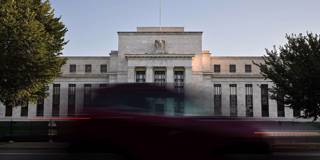Few would doubt that, after 15 years of ultra-low interest rates, reining in inflation by restoring real positive rates will be difficult. And with 2023 expected to bring heightened global financial and economic risks, monetary tightening will almost certainly become even more complicated.
CAMBRIDGE – The advanced economies are experiencing their highest inflation in 40 years, with a median rate of nearly 9% for the 12 months ending in September 2022. For central banks and financial markets, the expectation – or, more accurately, the hope – that the inflation spike would be transitory has been broadly replaced by the sobering realization that price growth is a persistent problem that demands significant and sustained monetary tightening. With the exception of the Bank of Japan, the major central banks are now raising interest rates and moving to stabilize or reverse balance-sheet growth.

CAMBRIDGE – The advanced economies are experiencing their highest inflation in 40 years, with a median rate of nearly 9% for the 12 months ending in September 2022. For central banks and financial markets, the expectation – or, more accurately, the hope – that the inflation spike would be transitory has been broadly replaced by the sobering realization that price growth is a persistent problem that demands significant and sustained monetary tightening. With the exception of the Bank of Japan, the major central banks are now raising interest rates and moving to stabilize or reverse balance-sheet growth.